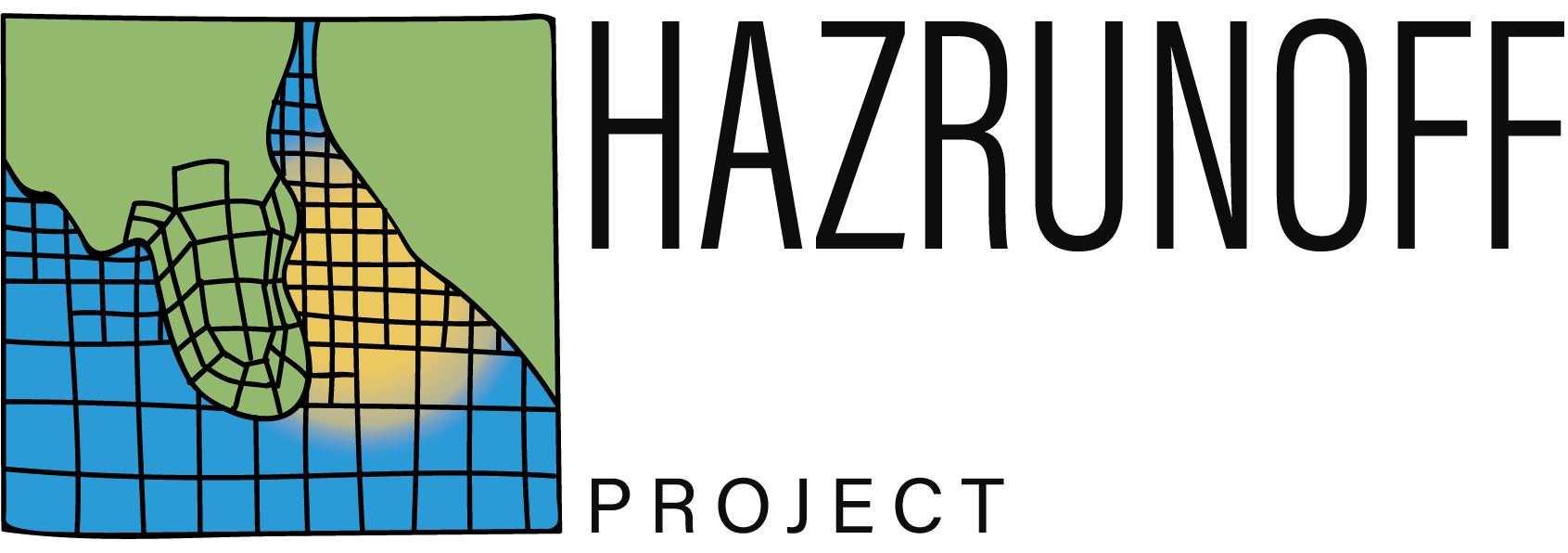The HazRunoff project will be carried out across five different work streams. In this section, you can find a summary of each of them including the specific objectives and activities they comprise.

Detecting, sensing and sampling (WP1) will be focused on the multiple aspects related with data acquisition and measurements regarding flooding and potential water contamination. It will improve early detection and warning and will contribute to model initialization and validation. This work stream includes the following approaches:
-Remote sensing (water level, turbidity, Synthetic Aperture Radar SAR-optical and chemical spill detection)
-In-situ sensing (sentinels and indicators, artificial intelligence and Lab measurements)
-Integration of Unmanned Aerial Vehicles (UAV’s)
-Gap analysis and assessment of sentinels and indicators
Modelling (WP2) will centralize the complex and holistic modelling framework. It will simulate and integrate the water continuum from the watershed to the estuary, to reproduce and forecast the processes associated with floods and the dispersion of pollutants based on a modelling strategy and technologies. Results will be replicable and transferable to any other place in the world. This holistic and innovative modelling approach will integrate:
-Meteorological modelling
-Watershed modelling
-Estuarine modelling
-Urban storm water modelling
-Integrated flood modelling
-Pollutants, thrash and debris dispersion modelling
Tools for situational awareness and emergency response (WP3) will support flood and hazmat emergency responders bridging between project data sources, decision making and communication and messaging to warn and inform the public. This work stream will generate a project interface for information flow, centralizing all the input data sources from detecting, sensing, sampling and modelling activities. It will comprise:
-Multi-hazard early warning system
-On-demand pollutant dispersion system
-Real-time dashboards for situational awareness
-Communication and social media in crisis management
Planning, training and exercising (WP4) will contribute actively to an efficient preparedness and response to floods and hazmat incidents in transitional waters, through the promotion of:
-Risk management tools to support effective contingency planning and decision-making
-The clear definition of site-adapted response actions and protocols
-Equipment, contingency plans and protocols involved in response
Dissemination and networking (WP5) will transfer and facilitate the implementation of the results by competent authorities in the participating countries and beyond and will raise awareness in society. It will look for synergies with other ongoing initiatives, networks and working groups to extend the impact of project outputs to Member States outside the partnership.
